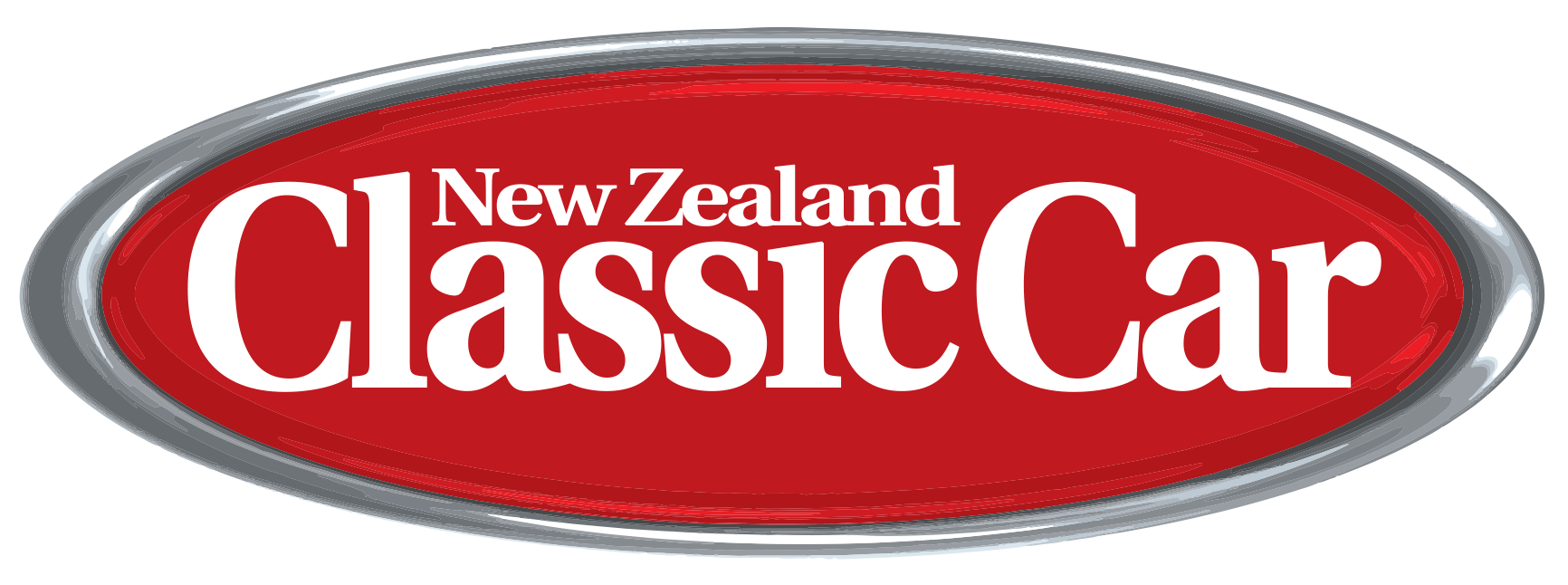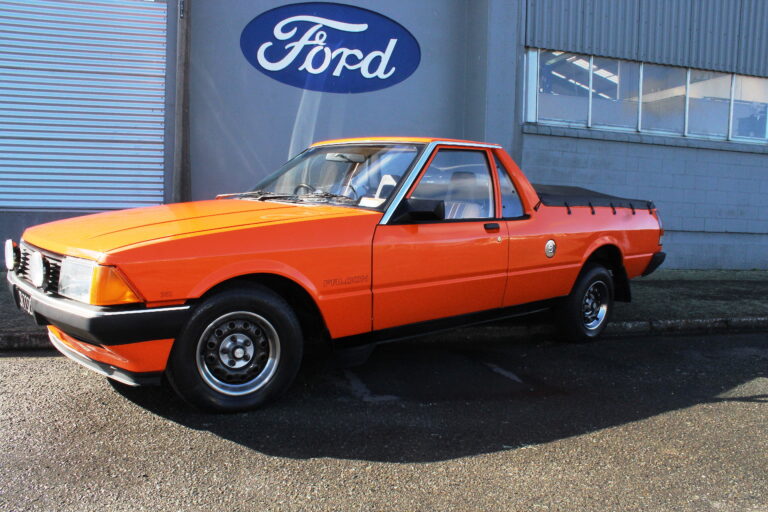If you’re anything like us you’ll hate the small swirly scratches in your car’s paintwork that are seemingly unavoidable. Unavoidable, until you hear a tip that’s so obvious you’ll wonder why you didn’t think of it earlier. At least that’s how we felt!
Christchurch’s CCV Car Grooming were the ones that pointed out what they refer to as the two-bucket technique, which as the name suggests employs two buckets rather than one, and has a huge impact on the outcome of washing your car.

Here’s how it goes down according to CCV’s James Tomlin. “It’s important to wash your car regularly, as it’s exposed to various contaminants that if left to sit on your paint could cause permanent damage. Every day, bird-droppings, overspray and tree sap pose threats to your vehicle’s paintwork. Bird droppings contain acid which left on your paint even for a couple of days can begin to corrode the clear coat and leave a permanent stain, so washing your car regularly is important but there is risk you’ll cause more damage if it’s done incorrectly.”
“The best way to avoid scratches is to use the two-bucket technique. Firstly you’ll need two buckets. The first, your wash bucket, is filled with some water and your car wash solution mixed according to the manufacturer’s instructions and the second, your rinse bucket, filled with only water. You’ll also need a quality wash mitt. It’s not too important which car wash product you go for, as long as it was designed to be car wash and not dishwashing detergent as that strips any wax or polish. For the wash mitt we recommend a microfibre product that are readily available at most major hardware/auto stores. Don’t use a sponge as they trap dirt on the outer layer which can scratch your paint.”
“Step one is an initial high pressure rinse, this is the part where if not done thoroughly you run the risk of putting scratches in at later stages. Using either a waterblaster or a high-pressure spray nozzle on your hose, blast the vehicle from the top downwards. The aim of this stage is to remove anything that’s sitting loose on the paint.”
“Next up is the wash, dunk the wash mitt in the car wash solution and start washing starting at the top of the vehicle and work your way down. The idea here is that you are working your way from the cleanest part of the car to the dirtiest.”
“After washing a defined section of the car, i.e. the top above the doors – give the wash mitt a rinse in the rinse bucket you prepared earlier.”
“The simple thing to remember is just to keep rinsing the wash mitt every now and again after washing a few panels. The purpose behind this is to ensure that any particles of dirt picked up by the wash mitt fall into the rinse bucket rather than being dragged across the remaining panel causing scratches. After the mitt has been thoroughly rinsed, load it back up in the wash bucket and keep washing. Fundamentally that is the whole two-bucket method. It’s really simple but very effective for avoiding scratches.
“After the car has been washed all over follow the exact same step as step one to remove the car wash from the car – start from the top and work your way down removing any wash residue using high pressure water.”
“The last step is to dry it off. For this, it’s best to use a chamois or a microfibre towel. If using a chamois, although it sounds counter intuitive, they work best when they are slightly damp. Not to mention they can also scratch when used dry.”
“Of course, the easier way still is to simply drop your car off to us at CCV Car Grooming, and let the team do it for you, as we have a wide range of options available, from simple washes through to Full Detail or Exterior Detail services.”
For instances where it’s beyond your control and you’ve just inherited scratches on your new car, waxing might seem to be a quick solution, but actually it only temporarily hides the scratches. If you’re after a permanent fix, it may be worth considering one of CVV’s paint correction options. As James explains “This process is more than just a cut and polish, the best option is to pop in and we’ll run you through the process, you may be amazed at the results.”
“Another thing we offer, that helps is a paint sealant, that way you can say goodbye to all that time and effort spent waxing. Essentially it makes the surface of the car hydrophobic, meaning water and dirt won’t stick to it. (See video below)
If you’re in Christchurch you can pop in and see the CCV team at 11 Waller Ave, just off Moorhouse Ave, or check out cargroom.co.nz for more handy hints to keep your car looking its best.


